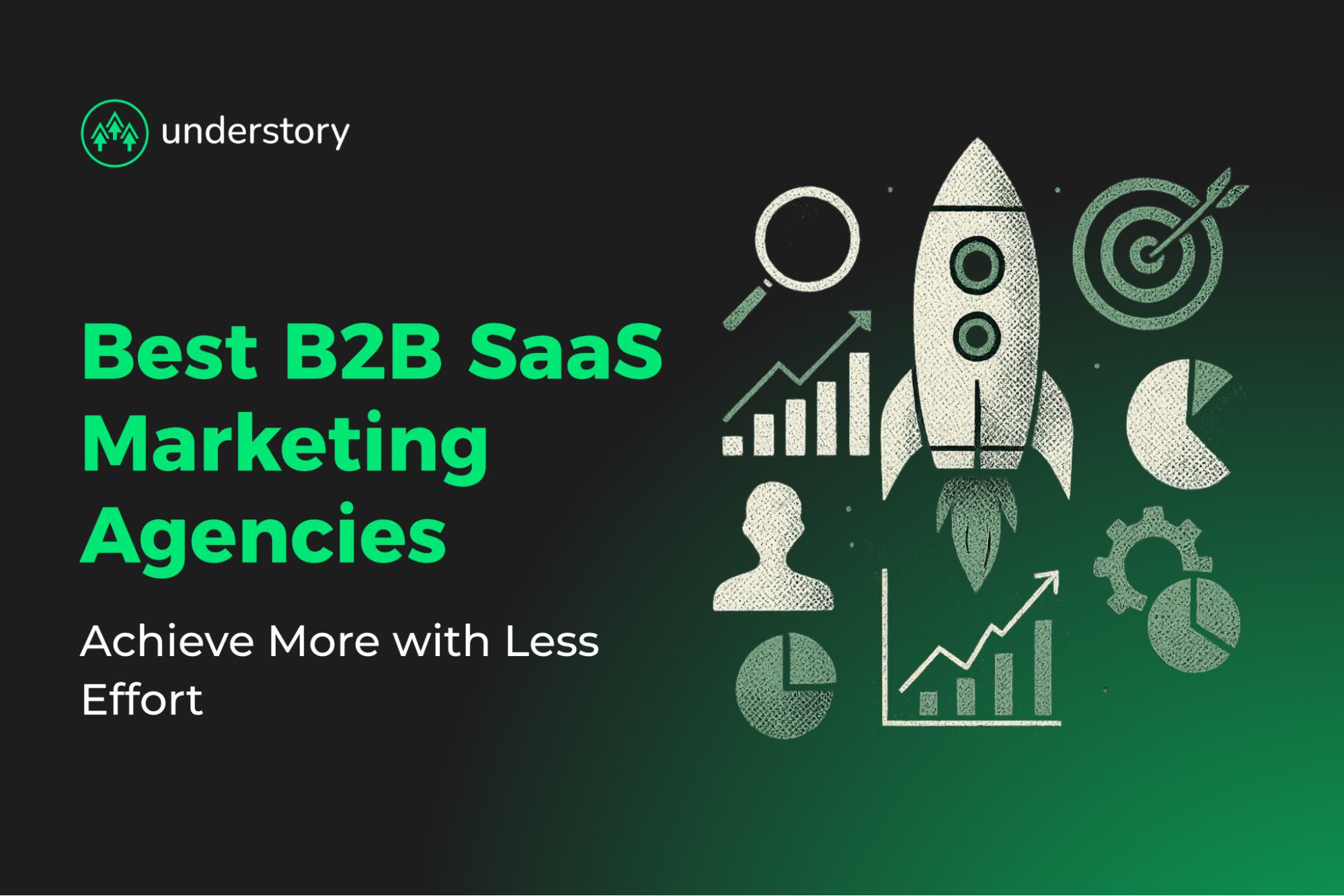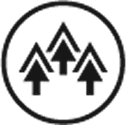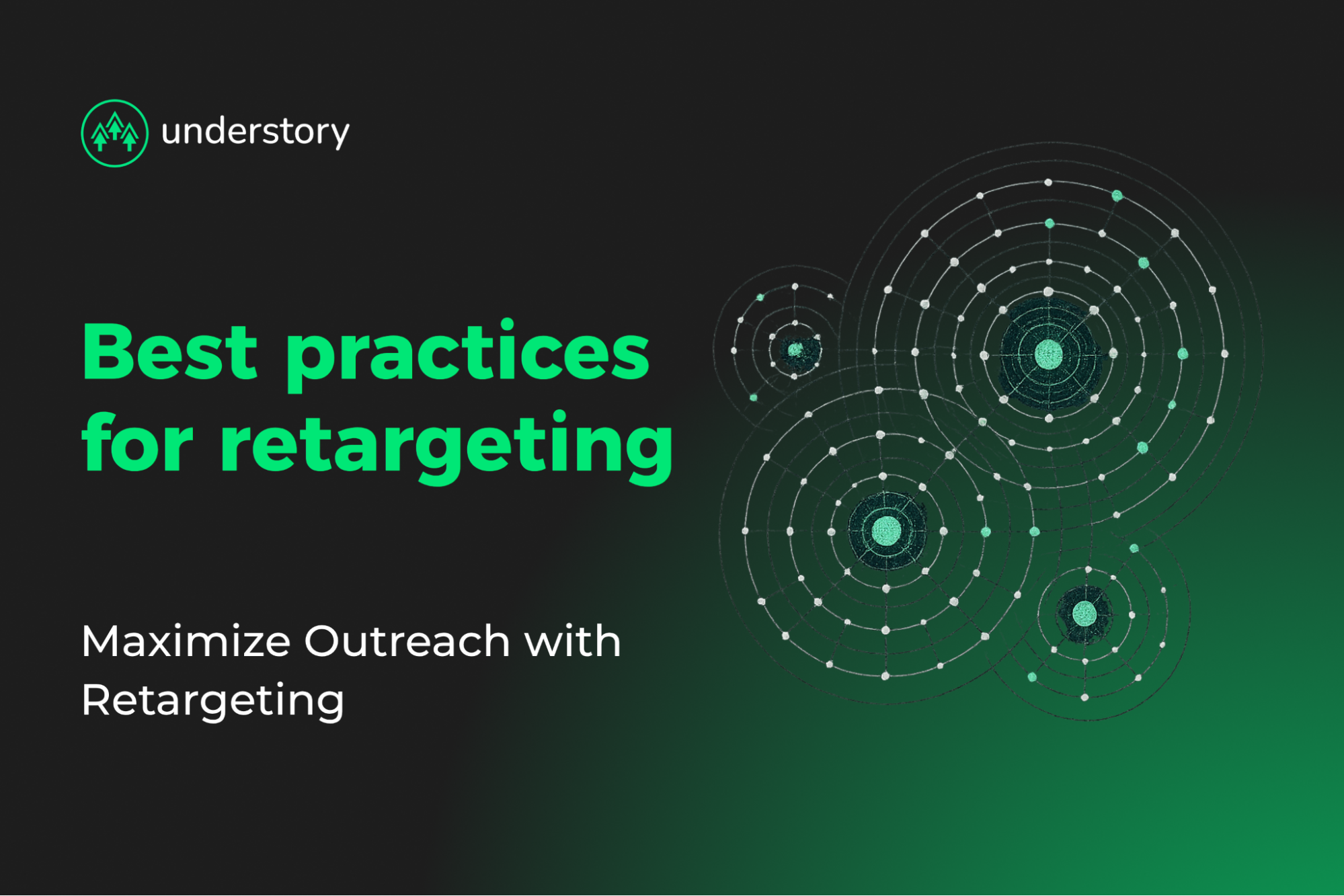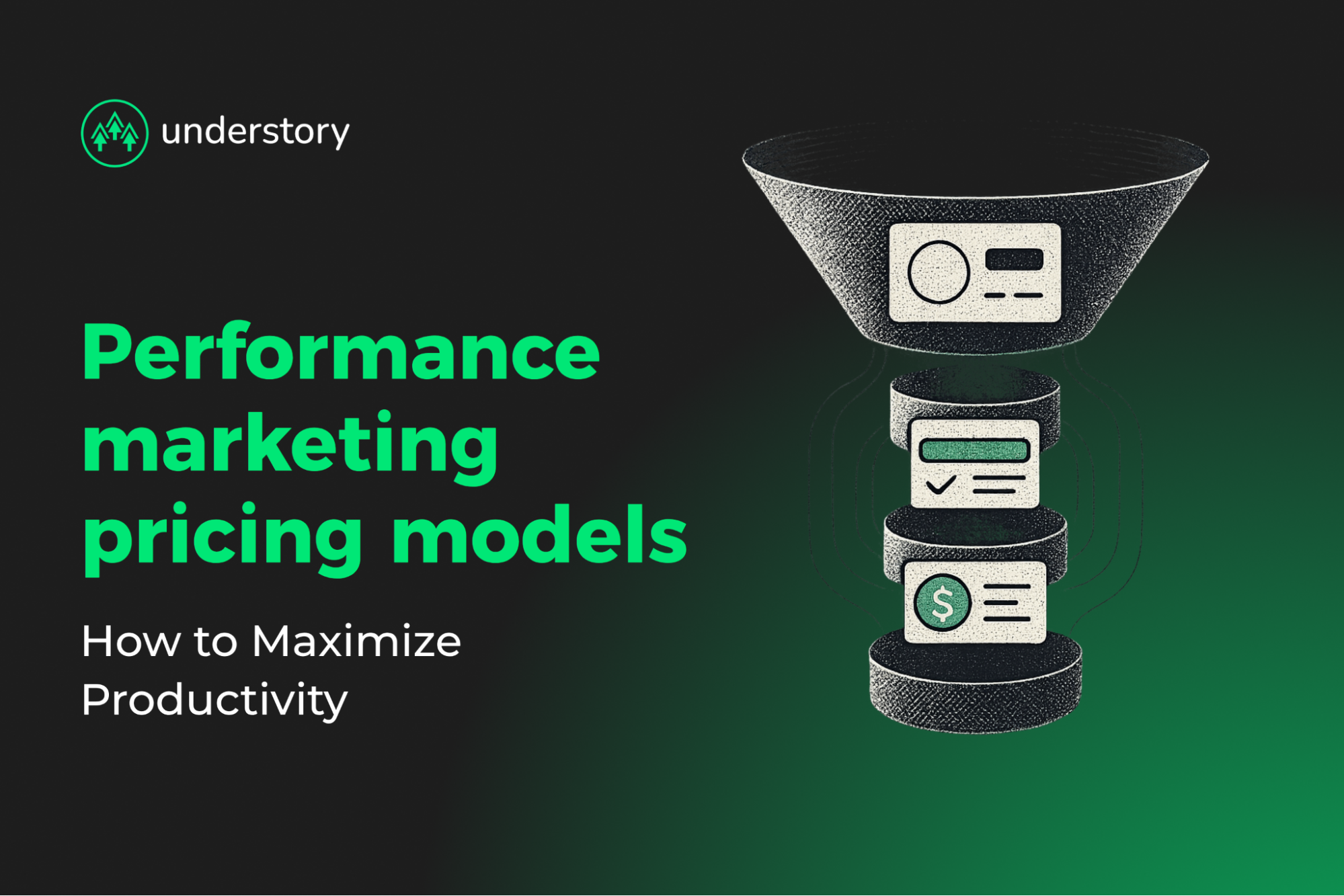

Demand Generation vs. Brand Awareness: What They Are & Why They Matter
Build brand awareness and generate qualified leads.
When SaaS growth teams run brand awareness programs and demand generation campaigns without understanding how they work together, it creates disconnected prospect experiences and higher customer acquisition costs.
Brand awareness builds recognition while demand generation builds your customer pipeline. While each has unique considerations, treating them as entirely independent channels. Understanding the difference and coordinating both approaches can reduce specialist overhead, improves the customer experience across touchpoints, and accelerates qualified pipeline growth.
This guide explains what brand awareness and demand generation actually do, why SaaS companies need both, and how to integrate them for measurable results.
What is brand awareness?
Brand awareness is the degree to which prospects recognize and recall your company name, products, and messaging. Strong brand awareness means buyers already know who you are and what you do before they start evaluating solutions. Strong awareness can reduce customer acquisition costs and shorten future sales cycles.
Build awareness by reaching buyers where they already spend attention, not just through ads. Thoughtful LinkedIn content, strategic PR in trade publications, partnerships with trusted voices, and signature events all combine to create consistent market presence.
Track these indicators to see whether prospects recognize and recall your brand:
- Reach and impressions
- Share of voice
- Branded search volume
- Direct traffic
- Earned mentions
- Social engagement
Brand awareness takes time to build. Modern SaaS brands achieve this through social video, community engagement, and targeted events, to capture customer attention in your market before competitors do.
What is demand generation?
Demand generation is the coordinated set of programs that turn interest into revenue. Effective demand marketing educates prospects about their problems and positions your SaaS as the solution, rather than relying on disconnected specialist campaigns.
Education builds trust, making personalized outbound sequences, strategic paid media, and SDR calls feel helpful instead of intrusive. Webinars, live demos, gated assets like ROI calculators, checklists, and whitepapers exchange expertise for qualified leads.
Account-based ads, direct mail, and paid social capture high-value buyers and prospects showing purchase intent before competitors. Personalized outbound sequences combine email, phone, and LinkedIn touches to break through the noise.
Track these metrics to ensure campaigns deliver results:
- Marketing-qualified leads (MQLs)
- Sales-qualified leads (SQLs)
- Pipeline dollars
- Customer acquisition cost (CAC)
- Payback period
The playbook evolves with saturated ad networks and informed buyers, but the mission stays the same. Reach prospects where they research, earn their trust with real expertise, and guide them efficiently into becoming a valuable customer.
Key differences between brand awareness and demand generation
Brand awareness and demand generation serve distinct purposes for SaaS growth. Understanding these differences helps growth teams allocate resources effectively and coordinate programs that address both recognition and revenue.
Brand awareness characteristics:
- Goal: Brand awareness builds recognition and trust with future buyers so prospects already know your company when purchase triggers occur. The objective is embedding credibility in your market before competitors do.
- Timeline: Programs run on long-term, multi-year timelines. Results compound slowly as prospects encounter your brand repeatedly across channels.
- Tactics: Typical tactics include thought leadership podcasts, industry conferences, influencer partnerships, social video, and community engagement. These create consistent market presence.
- Metrics: Success is measured through share of voice, branded search growth, direct traffic, and NPS. These indicators measure recognition and recall rather than immediate pipeline impact.
- Audience: Campaigns target broad reach including future buyers, investors, potential hires, and industry peers. Casting a wide net builds general market awareness.
- Content style: Content uses inspirational storytelling and narrative-driven assets that showcase company vision, values, and expertise without pushing immediate conversions.
Demand generation characteristics:
- Goal: Demand generation captures qualified pipeline and revenue from prospects actively evaluating solutions. The objective is converting interest into measurable sales opportunities.
- Timeline: Campaigns operate as short-term sprints designed to produce results within weeks or months. Each program targets specific conversion milestones.
- Tactics: Common tactics include educational webinars, gated content assets, account-based advertising, personalized outbound sequences, and product demos. These tactics move prospects through evaluation stages toward purchase decisions.
- Metrics: Performance is tracked through marketing-qualified leads, sales-qualified leads, pipeline dollars, customer acquisition cost, and payback period. These metrics directly tie marketing activity to revenue outcomes.
- Audience: Programs focus on targeted ICP segments or specific high-value accounts. Narrow focus ensures resources concentrate on prospects matching your ideal customer profile.
- Content style: Content delivers problem-solution messaging with clear ROI focus. Materials address specific pain points and demonstrate quantifiable business value.
While brand awareness embeds credibility so prospects remember you when buying triggers occur, demand generation educates prospects about pain points and guides them toward conversion. Both require different execution but work best when coordinated.
Why do you need brand awareness and demand generation?
Brand awareness and demand generation work best together. When prospects recognize and trust your company, every downstream effort, like ads, outbound sequences, and webinars, performs better. Brand awareness primes the market and demand generation captures hand-raisers. Treat them as separate silos, and acquisition costs rise while pipeline growth stalls.
Brand awareness alone builds credibility and shortens sales cycles but doesn't drive revenue by itself. Demand generation alone generates an immediate pipeline but can't sustain growth without recognition. Integrated programs address both challenges, reducing CAC, refreshing attention in saturated channels, and guiding self-educating buyers efficiently.
Companies that coordinate both approaches by aligning paid campaigns, outbound, and content see measurable efficiency gains. Unified programs reduce specialist coordination overhead, improve pipeline velocity, and build a story prospects already believe. Combining brand awareness and demand generation delivers lower CAC, stickier revenue, and predictable SaaS growth.
The 5 steps to coordinate brand awareness and demand generation
SaaS companies that coordinate brand awareness and demand generation can achieve lower customer acquisition costs and stronger market presence. These five steps show how to integrate both approaches for sustainable growth.
Step 1: Unify your ICP and messaging
Get every revenue-facing team aligned on who you're talking to and why. Maintain one shared document with product positioning, sales talk tracks, and paid media copy side-by-side. Update it continuously. New objections or insights go in within 24 hours.
Step 2: Map full-funnel content
Align content to the entire buyer journey. Top-of-funnel assets earn attention. Mid- and bottom-funnel assets convert attention into pipeline. Use a single spreadsheet to track buyer stage, asset, and distribution channels so gaps can become obvious.
Step 3: Launch cross-functional brand-to-demand campaigns
Bundle assets into coordinated sprints. For example, a six-week campaign with weeks 1-2 for brand (podcasts, LinkedIn clips, light spend), weeks 3-6 for demand (ABM ads, SDR sequences, webinars). Assign owners for creative, paid, and outbound. Hold brief daily stand-ups to stay synced.
Step 4: Track blended metrics in one dashboard
Combine soft and hard signals in one dashboard. Top row for awareness (reach, impressions), middle for engagement (session depth, webinar attendance), and bottom for revenue (pipeline, CAC, payback). Annotate spikes weekly to replicate wins.
Step 5: Run quarterly retros and reallocate budget
Hold a two-hour quarterly review. Evaluate asset performance and channel saturation. Use a simple 2×2 (impact vs. cost) to guide next quarter's spend. Double down on top-performing assets, pause fatigued channels, and test new creative approaches.
Sync your CRM, attribution analytics, product data, personalization tools, and event streams into one view. AI-driven coordination reduces manual work and surfaces patterns humans might miss. Aim for a single source of truth for all touchpoints.
Following these steps shifts your team from reactive channel juggling to deliberate allbound execution, with measurable results visible on a single dashboard quarter after quarter.
Measuring success and attribution frameworks
SaaS growth leaders often spend too much time debating whether brand spend actually drives your customer pipeline. You need a measurement framework that clearly links brand attention to revenue.
Track both leading and lagging indicators
Effective measurement requires monitoring early signals alongside revenue outcomes.
Leading indicators show early traction through branded search lift, social engagement, and direct traffic. Share-of-voice and content consumption metrics like webinar attendance forecast whether attention is translating into interest.
Lagging indicators confirm revenue impact through MQLs, SQLs, pipeline dollars, CAC, and payback period. Coordinated programs often lift customer retention, showing value beyond the initial sale.
Track both types of indicators to understand when brand awareness is building momentum and when demand generation is converting that momentum into revenue.
Choose the right attribution approach
Attribution helps you understand which touchpoints contribute to conversions, but no single model captures the full story.
Single-touch attribution credits only the first or last interaction, missing earlier brand awareness plays that built initial interest.
Multi-touch attribution splits credit across all interactions but can overlook subtle touchpoints like untagged podcast mentions or LinkedIn comments.
Blended models combine quantitative tracking with qualitative sales feedback to build a more complete picture.
Build a practical measurement system
Create a brand-to-demand scorecard that pairs share-of-voice or branded-search growth with pipeline and CAC data on a single dashboard. When both metrics move in the same direction, your coordination is working. If brand awareness rises but pipeline stalls, conversion friction is the likely bottleneck.
Add a human layer to capture what analytics miss. Ask sales reps to log "What made you check us out?" during discovery calls. This captures touchpoints like webinars, LinkedIn interactions, or podcast episodes that may not appear in formal attribution.
Incorporate metrics in your analytics tools and display them alongside revenue data. Tag every campaign consistently so clean taxonomy reveals patterns even when attribution isn't perfect.
Review your scorecard weekly to spot trends early, then rebalance the budget quarterly based on what's working. Allow experiments at least one full sales cycle before judging performance.
Tracking attention and revenue side by side tells you exactly when to amplify awareness, optimize conversion, or push both levers harder. This helps turn brand awareness and demand generation into a measurable SaaS growth flywheel.
Coordinate brand awareness and demand generation with allbound expertise
Sustainable SaaS growth happens when brand awareness and demand generation work as one. Seamless coordination across both can require a significant time investment at the start.
Understory coordinates strategic paid media management, personalized outbound, and professional creative services into unified campaigns that build recognition. We handle paid media campaigns across LinkedIn, Meta, Google, and Reddit with coordinated creative direction. Personalized outbound sequences integrate with paid engagement data for consistent buyer experiences. Professional creative services ensure messaging stays aligned across all touchpoints.
Schedule a consultation to see how coordinated allbound marketing could save you time, coordination headaches, and support your growth.




